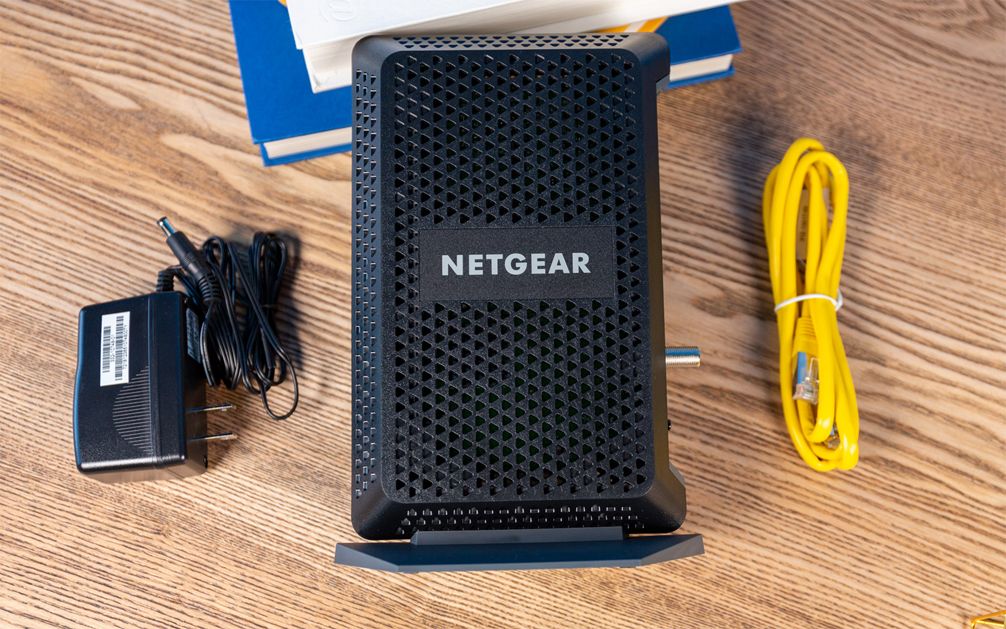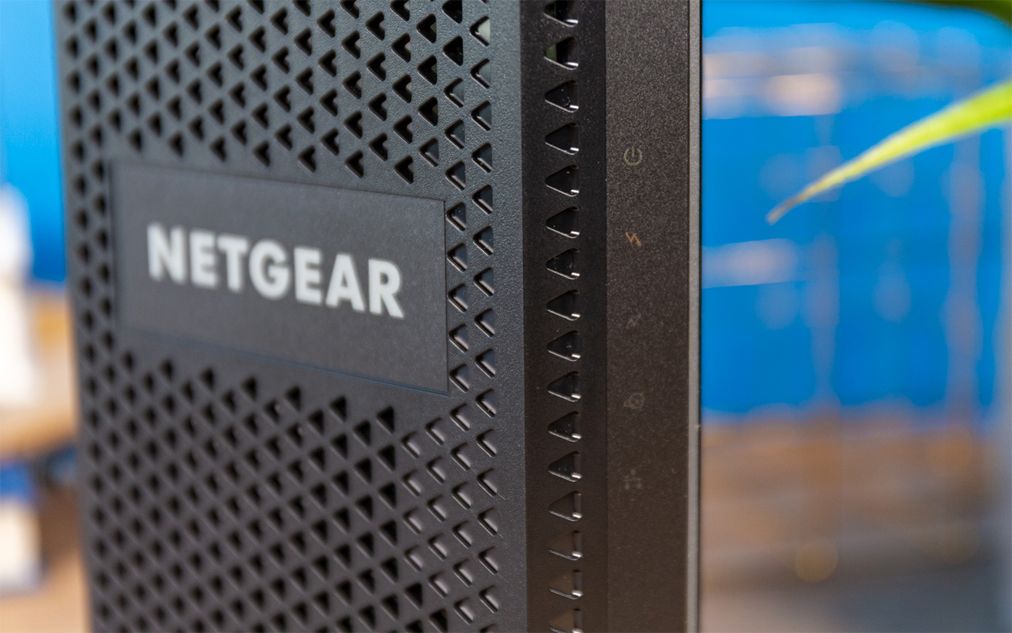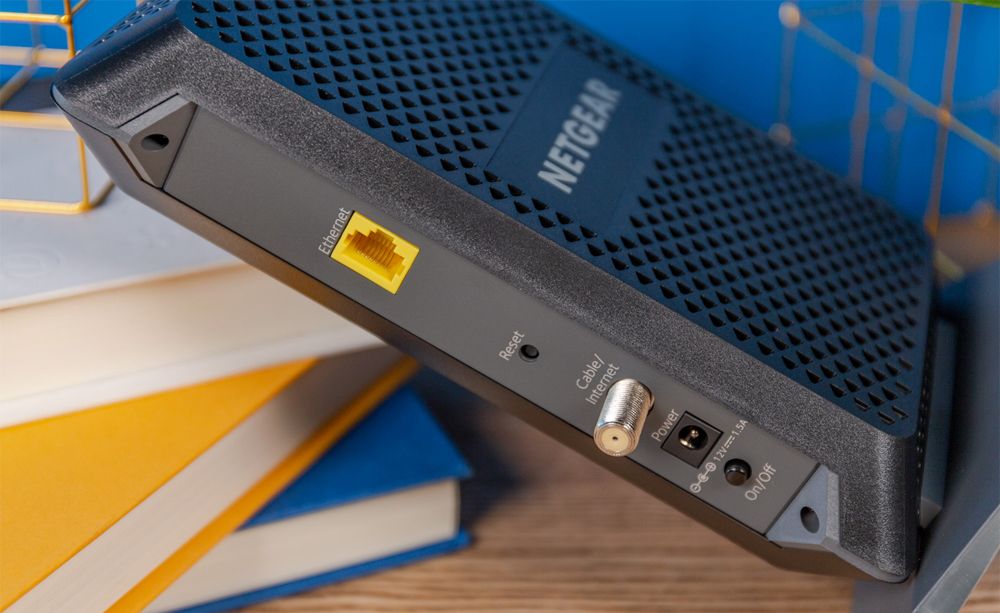The Netgear CM600 is a high-speed cable modem capable of handling streaming, gaming and multiple devices without a hitch. It uses channel-bonding technology in its 24 downstream and eight upstream channels for faster, more efficient data transfers. In our testing, the CM600 displayed its proficiency by easily managing five devices simultaneously connected at top speeds on Xfinity’s 400 Mbps speed plan.
All the cable modems we tested performed similarly in our lab, which is great because they can all can handle fast speeds on a busy home network easily. The CM600 ranks above most other products partially due to its higher max speeds than many of the other modems and partially because of its universal compatibility. Though all the products are compatible with Spectrum, Cox and Comcast, the CM600 was one of three that appeared on all six of the ISP compatibility lists we researched. Of those three modems, it is the only one with 24 x 8 channels, so it’s the best option for high-speed internet packages, especially if you subscribe to speeds exceeding 300 Mbps.
The CM600 looks interesting with its beveled body and triangular ventilation cutouts. The front left bevel holds the status LED panel, displaying five illuminated icons. This is inconvenient for monitoring the network, as the panel doesn’t face straight. It’s on a diagonal, so the display faces left, which is something to consider when placing the device. The back panel features a Gigabit Ethernet port, reset button, coaxial connection, power input and an on/off button. This last feature is something we particularly looked for, as it’s a convenience that is often looked over by manufacturers.
Cable modems are, for the most part, plug and play devices that don’t need to be messed with much unless something goes wrong. If something does go wrong, however, you want the troubleshooting process to go as smoothly as possible. Without a power button, you need to manually unplug and re-plug in your modem to turn it off and on – a frustrating process, especially if your networking setup isn’t well organized. The modem’s online interface is also frustration-free as it helps you adjust settings and view modem information. Netgear’s user interface is easy to access and use with a good balance of basic and advanced options.
A big consideration when purchasing a cable modem is value. To figure out how much you should pay for a modem, consider your ISP’s modem rental fees over the course of a year and compare that cost to the price of the modem you want to buy. For example, the CM600 costs about $90-$100. Xfinity charges $11 per month to rent its xFi Gateway, or $132 per year, so buying the CM600 saves you over $30 within its one-year warranty term, and it could last longer than one year. Many companies offer two-year warranties on modems, as is the case with the Motorola MB7621, but Netgear’s one-year policy still makes it a good value compared to renting.
Overall, the Netgear CM600 is a great high-speed modem compatible with most cable internet providers. Its 24 x 8 bonded channels can keep up with fast internet speeds, it’s easy to use and a great value when compared to the price of renting a modem from your ISP.





